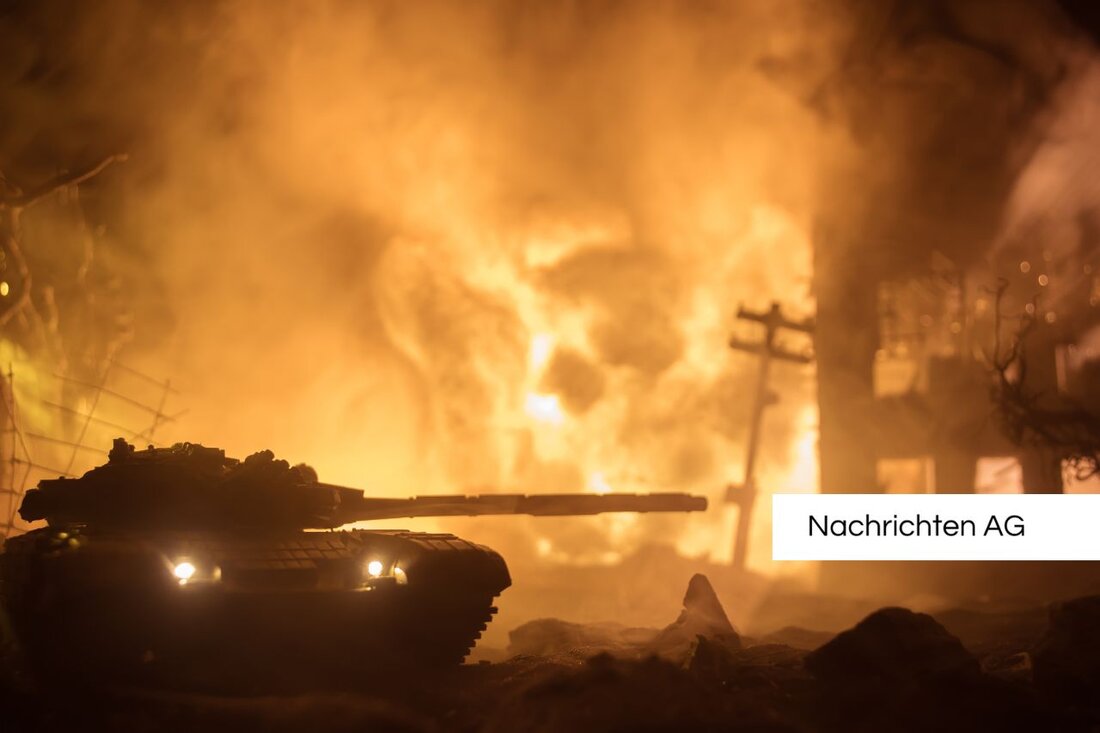Back to the 80s: Wolfsburg celebrates with Nena and colorful balloons!
Back to the 80s: Wolfsburg celebrates with Nena and colorful balloons!
in Wolfsburg, where mobility and technology make people's hearts beat faster, there are celebrations that arouse memories of past decades. An impressive video shows the attitude to life of the 80s in the city, accompanied by the iconic song "99 Balloons" by Nena. The clip captures festive moments during a shooting and folk festival, with cheering people in typical 80s clothing-from constant waves to jackets to leather outfits. The atmosphere of the time is also alive through the recordings of balloons and the largest transportable ferris wheel in the world, while the VW flags are blowing vigorously in the wind, which underlines the pride of the Wolfsburg native to their homeland as a "Autostadt". News38 reports how people look back in these nostalgic scenes and the cars at the time, far from the modern vehicles from today.
Wolfsburg is not just a city of memories, but has developed considerably since the 1980s. With over 120,000 inhabitants, it is now an important location for the automotive industry, with an incredible 48,000 people in the VW plant. Around 3,000 vehicles are produced here every day. The city itself has small, charming peculiarities, such as the joke that some VW models are named after storms, e.g. Passat and Scirocco. The broad cityscape along the Mittelland Canal is loosened up through Porschestrasse, which may not be the most striking -friendly, but still has a inviting with wells and flower discounts. Welt also emphasizes that the art museum from 1994 and the cultural center of Alvar Aalto from the 50s are important attractions.
cultural highlights and historical roots
The roots of Wolfsburg go back to 1938 when the Volkswagenwerk was founded. The city was created according to garden city ideas and was initially strongly shaped by a workers' city with many makeshift buildings. After the war, Wolfsburg was in a state of structural uncertainty, but the avoidance of the British occupying powers on the disassembly of the industrial plants led to stabilization and the economic upswing in the region. The “beetle” symbolized the economic miracle in the 1960s and 1970s and helped the city to develop. Wolfsburg further describes that immigrants from different cultures shape the cityscape and Wolfsburg is considered a "social laboratory" of the Federal Republic.
The skillful integration of foreign fellow citizens, especially the Italian, bloomed the sense of community. The city was significantly enlarged at the municipal regional reform in 1972 and achieved the status of a big city. This went hand in hand with the establishment of educational institutions, such as today's campus of the Ostfalia University, which houses over 3,000 students. The close cooperation with Volkswagen AG also blooms as a major university location, which is characterized by many leisure and cultural offers, such as the VW Arena and the Art Museum. The permanent fallow of city life gives the impression that Wolfsburg will continue to grow dynamically in the future.
While the video arouses nostalgic memories from the 1980s, the present shows that Wolfsburg can look back on a moving past that is shaped by tradition, changes and an increasingly growing sense of community. Whether for young residents or long -established people - the city has something to offer for everyone!
| Details | |
|---|---|
| Ort | Wolfsburg, Deutschland |
| Quellen | |


Kommentare (0)